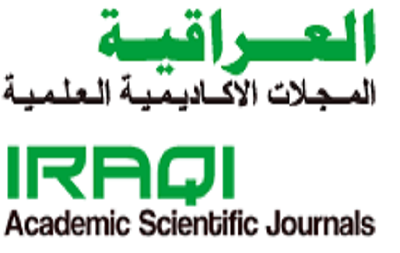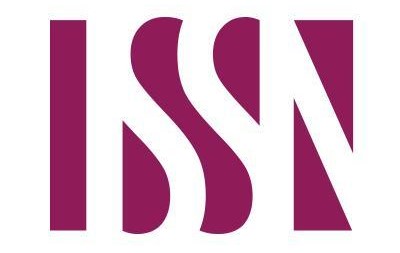The Effect of intermittent Training with Varying Intensities on Selected Physiological Variables and Maximal Aerobic Speed in U-17 Football Players
Main Article Content
Abstract
The aim of this study was to identify the effect of interval training at varying intervals on certain functional variables, including maximum aerobic speed and performance endurance, in under-17 football players. The experimental method was chosen as it was appropriate to the nature of the research problem. The research sample was selected purposively from players at the Shahid Awat Football Academy. The researchers concluded that interval training exercises at varying intervals resulted in positive development in all functional variables performed by the experimental group. The recommendations emphasize the need for football coaches, especially those coaching age groups and football academies, to focus on interval training exercises at varying intervals, particularly for players under 17-19 years old
Article Details

This work is licensed under a Creative Commons Attribution-NonCommercial 4.0 International License.
References
Abu Al-Ala, A. A. F., & Muhammad, S. H. (1997). Physiology and morphology of the athlete and methods of measurement and evaluation: Vol. 1st edition (Dar Al-Fikr Al-Arabi, Ed.). https://www.sport.ta4a.us/books/1910-sports-physiology-morphology.html
Ahmed, H. O. (2021). An analytical study of social skills and their relationship to the levels of sports culture according to the variable of training age of first-class football players for the 2020-2021 season. Journal of Human Sport and Exercise - 2021 - Spring Conferences of Sports Science. https://doi.org/10.14198/jhse.2021.16.Proc4.25
Ahmed, H. O., Saleh, H. H., & Sarhan, S. O. (2021). Social interaction and its relationship to the level of ambition of the elite soccer league players in Iraq. Journal of Human Sport and Exercise - 2021 - Spring Conferences of Sports Science. https://doi.org/10.14198/jhse.2021.16.Proc4.26
Ahmed, M. M., & Asal, F. H. (2024). The effect of competitive exercises using a pressing style of play on developing the speed of complex skill performance in young soccer players. Anbar University Journal of Physical and Sports Sciences, 15(29), 180–188. https://doi.org/10.37655/uaspesj.2024.151477.1164
Al-Hazzaa, H. B. (2009). Physiology of Physical Exertion: Theoretical Foundations and Laboratory Procedures for Physiological Measurements. King Saud University Press.
Al-Yasiri, M. J. (2010). Theoretical foundations of physical education tests. Dar Al-Diyaa for Printing and Publishing. Al-Najaf Al-Ashraf, 72.
Boussaïad, A. (2022). The effect of interval training – running – on the development of maximum aerobic speed and change of direction speed in under-17 football players. Jijel, Algeria: Mohamed Seddik Ben Yahia University.
Buraiga, A. M. (1997). Sports Training: Foundations and Concepts. Trends in Jerusalem Printing Press.
Dellal. (2013). A season of physical preparation in football. De boeck.
Dellat, J. (2017). Data concerning the effect of plyometric training on jump performance in soccer players (4trainer Editions). A meta-analysis. Paris.
Maglynn, M. (1997). Cross-training for Sports. reino unido. Human Kinetics.
Mansouri, A. H. E. (2021). A theoretical approach to the importance of interval training as a modern method for developing and improving the physical abilities of athletes. Algeria: Hassiba Ben Bouali University of Chlef.
Paul Laursen, M. (2019). Science and Application of High-Intensity Interval Training, Solutions to the Programming Puzzle. Auckland . New Zealand.
POMPEO, A. (2023). Effects of ambient temperature on physical and physiological. lusophone - Portugal.
Tudor O, & Bompa, G. (2009). Periodization: Theory and Methodology of Training. Human Kinetics - Canada.





 IASJ
IASJ CC-BY-4.0
CC-BY-4.0 turnitin
turnitin ISSN
ISSN DOAJ
DOAJ Crossref
Crossref GoogleScholar
GoogleScholar Orcid
Orcid